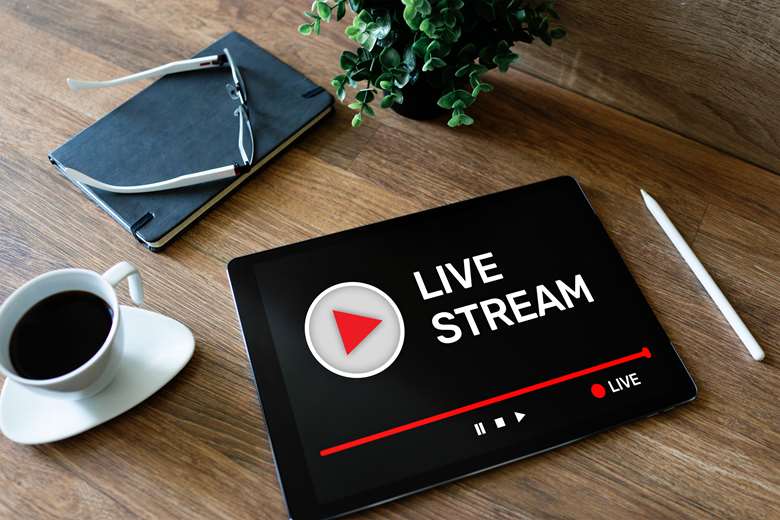How can artist managements capitalise on digital opportunities?
Andrew Green
Tuesday, December 1, 2020
Andrew Green considers some of the changes to concert-giving brought about by Covid that might be here to stay


Register now to continue reading
Don’t miss out on our dedicated coverage of the classical music world. Register today to enjoy the following benefits:
- Unlimited access to news pages
- Free weekly email newsletter
- Free access to two subscriber-only articles per month